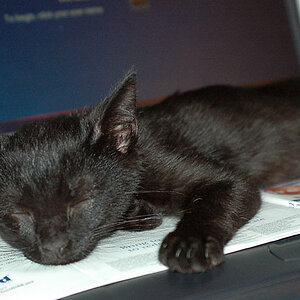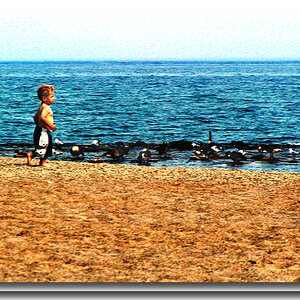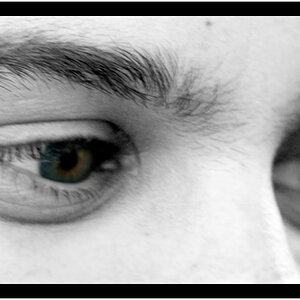Gavjenks
TPF Noob!
- Joined
- May 9, 2013
- Messages
- 2,976
- Reaction score
- 588
- Location
- Iowa City, IA
- Can others edit my Photos
- Photos OK to edit
I was browsing through some reviews of old Canon film SLRs to find one for my girlfriend to practice with, and discovered that the Canon nicer film SLRs apparently used technology that tracked your pupil in the viewfinder to know where in the frame you were looking in order to know which autofocus point to use?!
Why the hell isn't this in all of our higher end cameras on the market today?
I use eyetracking in my research all the time, and the degree to which the technology has advanced in the last 5-10 years is massive. They use featherweight eyetracking systems on birds today. I can assure you that a highly controlled, easy to calibrate situation like a fixed location eyepiece would be a cakewalk.
Why the hell isn't this in all of our higher end cameras on the market today?
I use eyetracking in my research all the time, and the degree to which the technology has advanced in the last 5-10 years is massive. They use featherweight eyetracking systems on birds today. I can assure you that a highly controlled, easy to calibrate situation like a fixed location eyepiece would be a cakewalk.




![[No title]](/data/xfmg/thumbnail/37/37493-07470d1244285a42bb716c7df65abfda.jpg?1619738112)
![[No title]](/data/xfmg/thumbnail/30/30991-43abf4dfee0a54010692c71c43f40981.jpg?1619734555)






![[No title]](/data/xfmg/thumbnail/37/37492-bafc92488a1ab17e4ca6603ee5b38376.jpg?1619738112)